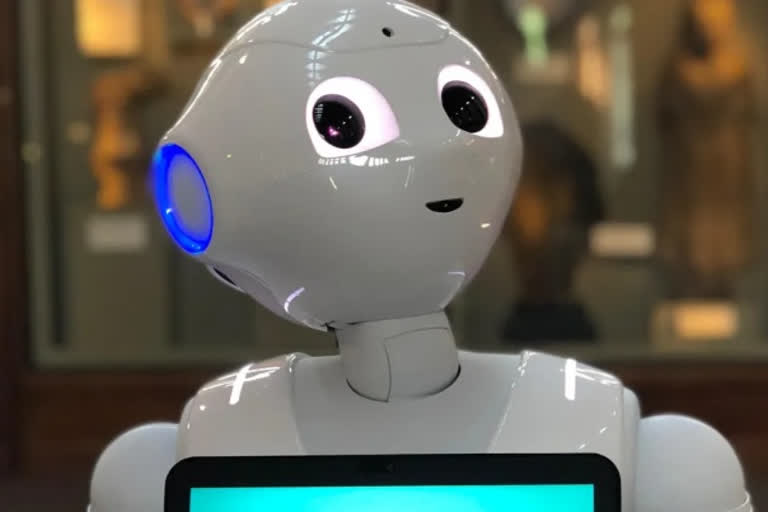Salamanca (Spain): From taking tours to reducing traffic, the influence of robots on cities is growing fast. But it might be scratching the surface of what's possible. Visitors to Spain's Museum of the Ancient Seas may find their tour guide's delivery a bit mechanical, but that's by design the museum has embraced intelligent robot visitor guides built off technology that could revamp public spaces in cities around the world.
The robots look like trilobites, extinct marine arthropods with a distinctive three-lobed, three-segmented form. The 60cm-long machines are made using 3D printing and work in swarms to guide visitors in different languages. The robots can distinguish between children and adults and adapt their guidance and information accordingly.
The technology powering the robots is a Deep Intelligence tool, developed by Spain's AIR Institute, that analyses data coming from buildings, such as temperature, heating use and whether windows or doors are closed. The data can be cross-referenced to reduce energy consumption when residents are not at home or asleep, or it could assist in warning people when they've turned on the heating with an open window or left a street-facing door ajar.
Territory data is also analysed, gathering information about traffic flow, pedestrian movement, public transport and environmental conditions. This data is used to help drivers find alternate directions to avoid traffic jams, offer emergency services the most direct route, or issue recommendations to citizens based on the weather.
The tool titled Deepint.net is informed by databases, the cloud and predictive models. The robots receive their information and commands from Deepint.net, which designates them the kinds of tasks the robots are to complete. At the museum, their role is to guide visitors. In smart cities locales designed to integrate digital technology the robots could be deployed for functions such as rubbish collection.
Also read: Robots lead Diwali celebrations in Jaipur housing society
With this information, robots can execute decision-making strategies, benefitting from the tool's machine learning and federated learning, two methods to train artificial intelligence. This tool's usefulness outside of the museum is already being tested. A study testing Deepint.net on Paris' bicycle rental system is underway, and it has been extended in pilot tests in Istanbul, Sofia, Barcelona and by the International Association of Public Transport.
With the application of this type of software, robots in smart cities will be able to learn from data and improve processes to better protect citizens, clean or assist people with special needs. Such robots take advantage of the results of data analyses to optimise public space. These models may be applied in the robots' operating systems and used to offer tailored solutions. And much like the robots at the Museum of the Ancient Seas, working in swarms could amplify the benefits smart city robots bring to public spaces.
Swarms are robotic systems made up of a large group of interdependent, interconnected individual robots. In a swarm, robots communicate with each other and can coordinate to perform operations. This promotes scalability and reduces costs. This system has been used by avant-garde artists to create interactive art installations.
But with their scalability, comparatively low cost and the potential to harness a large fleet of machines, swarms of large robots have particular value to the mining or agriculture sectors. At the other end of the size spectrum, micro-robotic swarms have potential to manage micro-machinery or be developed in the health sector to help the human body.
Service robots will advance enormously thanks to swarm systems and will become more efficient at their tasks by learning from each other, complementing each other and accomplishing more than they would individually. The challenge for researchers and software developers is to make these technologies intelligible and accessible. Doing so opens the door for better, faster and wider implementation, creating systems that can make cities safer and more liveable. (PTI)
(This story has not been edited by ETV Bharat and is auto-generated from a syndicated feed.)



